Posts Tagged: Photography
Backdrop
I may be the only person to go to Hawaii and return with dark brooding pictures of the Garden Island. I guess it is just my nature.
Some Candidates for a Show
Good grief! I’m participating in a group photography show opening next Friday, June 18th and the finals selections aren’t even made yet. But here are some possible candidates. More details coming very soon!
The Industrial Age
This last weekend was jam-packed with activities and photo ops. It started on Saturday with a whole day and evening sailing in San Francisco Bay. Well, not quite sailing. We were a crew with only one current sailor, and a bay with strong winds and lots of white caps. So, the sails remained furled and the engine hummed. Nonetheless, it was beautiful day with none of the forecast rain, and all the anticipated excitement of seeing a beautiful urban landscape from a unique perspective. And that night, we watched the KFOG kaboom fireworks show from out on the water.
The next day we checked out Maker Faire for the second time. It sneaked up on us again, so we didn’t have the time or freedom from a certain Lego maniac to see as much as we wanted. Worse yet, there were no pictures taken. The reason goes back to the previous day.
While otherwise glorious, there was sadness, too, during our sailing excursion. Above is one of the last pictures my little D40x took before the shutter mechanism quit working. There was suspicion that the environment led to the failure. But I was careful to keep it pretty dry and I don’t think it was out there long enough for salty air to penetrate the body and gum up the gears. I’ve searched for information online and it looks like quite a few people have experienced the same error. One person posted a fix. I just need to get some tiny screwdrivers to take the camera a little bit apart and apply WD-40 to a gear or two. I’m hoping for the best, though clearly, the camera was not built to last as long as this bridge.
Pin holder
Last year we moved mom to a board and care facility on account of her increasing dementia, and it was while we were emptying out her apartment that I photographed everything in it for my Family Heirloom Project. Among the items was this one: a little ceramic bowl.
I attended kindergarten at Del Mar Elementary School and had Mrs. Kasner. She was an older lady with fiery red hair. I liked her just fine, although she occasionally sent me to the “thinking chair” or, if we were out on the playground, the “thinking step” to think about something I had done. All that thinking; maybe that’s where I picked up the habit that eventually resulted in grad school in philosophy. My cousin Tommy claimed that she once told him he’d never learn to read and that he never got over it.
In any case, we did a lot of art projects in her class. For example, there was lots of finger painting. I still remember the first day when we were told to bring an old shirt of our father’s to wear while painting. We wore them backwards. I still managed to get paint all over myself. One day, we did a ceramics project. I made a small, simple bowl. I remember shaping it with my fingers, over and over again, trying to get it right. I never really succeeded, but eventually got something to hand over to Mrs. Kasner.
So, I made this little bowl, and painted it blue and black. On the bottom was inscribed “Nickie AM”, because I was in the a.m. class. I brought it home and gave it to my mom as a gift. She did a lot of sewing and needed pins to be handy. She was always pinning things up for alterations, or pinning patterns to fabric, and so on. So she kept pins in it. For 40 years or more that thing sat on her sewing machine with pins in it. After we moved my mom, it came to our house and sat on a bookshelf in the office. Without the pins, of course.
Just a few months later I was cleaning up around the side of the house where the trash and recycling bins sit. I saw a little patch of blue on the ground and a wad of neurons jangled in my head. It was so familiar. I picked up a little chard, then another and another. My heart sank.
What one kindergartener made, another demolished. (I know, it’s a metaphor for a natural process all children and their parents go through.) I don’t know exactly what happened, and never will, I’m sure. Somehow Theo got ahold of the bowl and it became a play thing, until it broke. I have to admit that at first I was pretty mad. But when i looked into that sad, confused little boy’s face, I knew I had to just let it go. I might have gone a long time, maybe forever, never thinking about that little bowl. I don’t know what I would have done with it anyway, other than allow it to be another piece of baggage to carry around the rest of my life and eventually leave to someone with no personal connection or emotional attachment, and hence free to take it to the Goodwill with all the other old crap. So, that came sooner in this case. I didn’t have to carry it around another 40 years. Still, I can’t help feeling a little loss, not of material wealth, but of a piece of the story—a little hole, just like the growing gaps in mom’s memory.
The Old Plymouth
I have a soft spot in my heart for Pontiac. Ever since word of its demise, I have been meaning to take a picture of the sign at the dealership on Auto Row in Oakland. I finally got around to it the other day. And while I was driving around looking for a place to park, I saw some other photo ops on the side streets. This old Plymouth was in beautiful shape. And as I just commented over on flickr, I have to admit I find it very sexy in a zaftig sort of way.
Stream of consciousness: Scenic photos
I’m not sure what to call the kind of photography I have been primarily engaged in since getting back into it over the last two years. I just know it hasn’t been landscapes and scenic photography. Indeed, I have not been trying to make images that are overtly beautiful or aesthetically pleasing at all.
Yet, there is something irresistible about nature. Often, it is awe-inspiring. And as we all know, sensations of pleasure, well-being, and the loss of self in the one-ness of the creation often lead to addiction. Gotta get that fix again and again. That leads to wanting it for oneself, even in a puny way like making a picture of it.
That’s not to denigrate scenic photography. I find a lot of it pretty wonderful. I just also see the production of it as beyond my ken–not to mention my lacking the wherewithal to afford the gear and the travel to seriously pursue and produce beautiful scenic photography.
All that said, I’ve had fun working with some shots of San Francisco Bay taken mostly as an afterthought–or just because I always have my camera with me, so why not? And the other night I was at a friend’s home that is on Albany Hill and overlooks almost the whole bay. After taking a couple shots from the deck, someone showed me the Richard Misrach book of the Golden Gate. It was inspiring. I came to see the intrinsic interest of a series of photographs of one thing taken over all the different conditions to which it may be subject. I think I may try my own little series from a given vantage point and see what happens. If only I could get a neon martini glass, or rusted car, or dead cow or something in there…
Highway Memories
As far back as when we lived in Fresno and regularly drove to the Bay Area for shows or to visit relatives, I was enamored of the scenery along Hwy 99. How far back is that? Well, it was before the housing boom and bust, before the first tech boom and bomb. Before graduate school in the Great Northwest gave me the opportunity to appreciate scenery vastly different and yet, at times, strangely familiar. What nature wrought was vastly different. What humanity wrought, strangely familiar.
Before Flickr, before I had ever heard of Stephen Shore, and before I realized the importance of acting on the impulse, I intended to do a photo essay of the road between Fresno and Oakland that would consist entirely of old, usually free-standing signs that no longer had buildings or businesses associated with them. I would call it “The Lexicon of Abandonment”. (I suppose I could now work on a series called “The Lexicon of Procrastination”; perhaps I’ll get to that soon.) Among the most memorable abandoned signs we would pass along the highway was a wonderful old sign at the entrance to a drive-in theater in Merced. I believe it was called “The Starlite Drive-In” and it was, of course, a fabulous mid-century specimen. But even 20 years ago, it stood in front of an otherwise empty field of weeds, tall and forlorn along the roadside.
My intention probably suffered a mortal blow during the recent development boom when many old, abandoned buildings, signs, or other things, were finally torn down to make way for the new and shiny. A new development right along old 99 finally brought down the Starlite. I never shot it. That’s not to say there aren’t still many abandoned old signs out there. But just as in the Little Prince, that Starlite was special because it chose me and I chose it.
There is something else along this strange stretch of road that greets me like a tired old friend each time I traverse it. Just north of Merced on the west side of the road and next to the railroad tracks, runs a series of telephone poles. For a long time, years, they seemed to be in use and maintained, if only barely. But now, many are leaning, missing cross pieces, or simply snapped off. Here and there, wood hangs limply from the sagging wires. Sometimes, it is all on the ground. To me, they look like lonely sentinels along a desolate road somewhere in the midwest. They wave to me when we go racing by on our frantic Fresno excursions to visit family. Now, I’m acting on the impulse and waving back, with my camera. Sitting shotgun, I aim through the glass and get what I get: portraits of my old friends looking just as I’ve always known them, flickering by 65 mph.
Fingado Art Gallery Opening
This is the final set of images I will have in a group photography show that opens Friday at Fingado Art Gallery. Nine is quite a few but the prints are not very big, just 12 inches square. I printed them at Dickerman Prints and had them mounted on aluminum at General Graphics, both in San Francisco. They came out very nice, and I’m pretty excited about it.
It has been an interesting project to try to print and prepare for presentation a small set of photographs. In a way, it seems easier than simply showing things on the web. I think the reason for this is that a physical show has, by its very nature, physical limitations and boundaries. A small set of images allows one to focus on them and the process of getting them where you want them to be. By contrast, putting things up on flickr or another such site is pretty much wide open in terms of numbers and organization. One can drown in a sea of possibilities.
This was my thought about what’s going on with this series of photos. The starting point is an exploration of color. Not color simpliciter, but as it relates to memory, history and the fictional narratives they constitute. The combination of color shifts and vintage subjects recall a generic past and, paradoxically, place the viewer within a fictitious historical narrative by playing upon her memories and nostalgic sensibilities. The deportation is paradoxical since taken literally, these narratives describe a logical impossibility. The images waver between recalling a past as it was, and a decayed, dissolving past as it comes to us. On one hand we are presented with something recalling a snapshot from the family drawer, a snapshot whose color as shifted over time, but whose referent we can conjure through memory as pristine. On the other hand, the subject is captured and presented not as it was in the past, but as it is now, in the present. It is the color, as it were, of the subject itself which has shifted over time rather than the photograph.
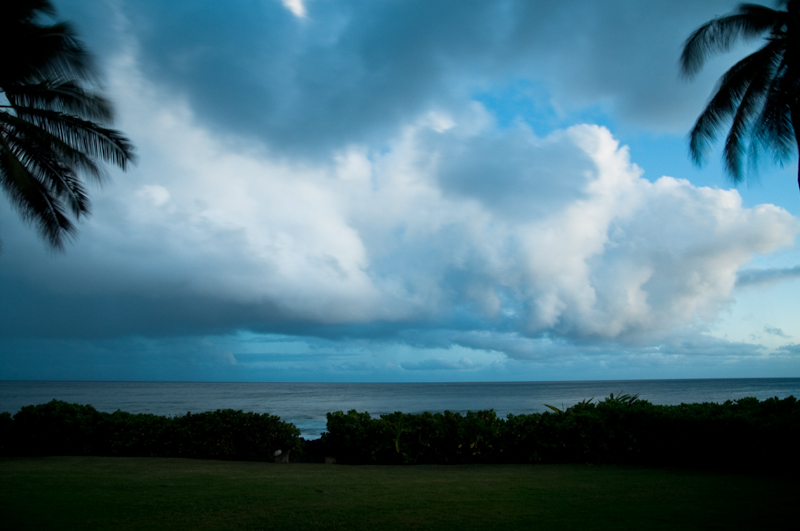

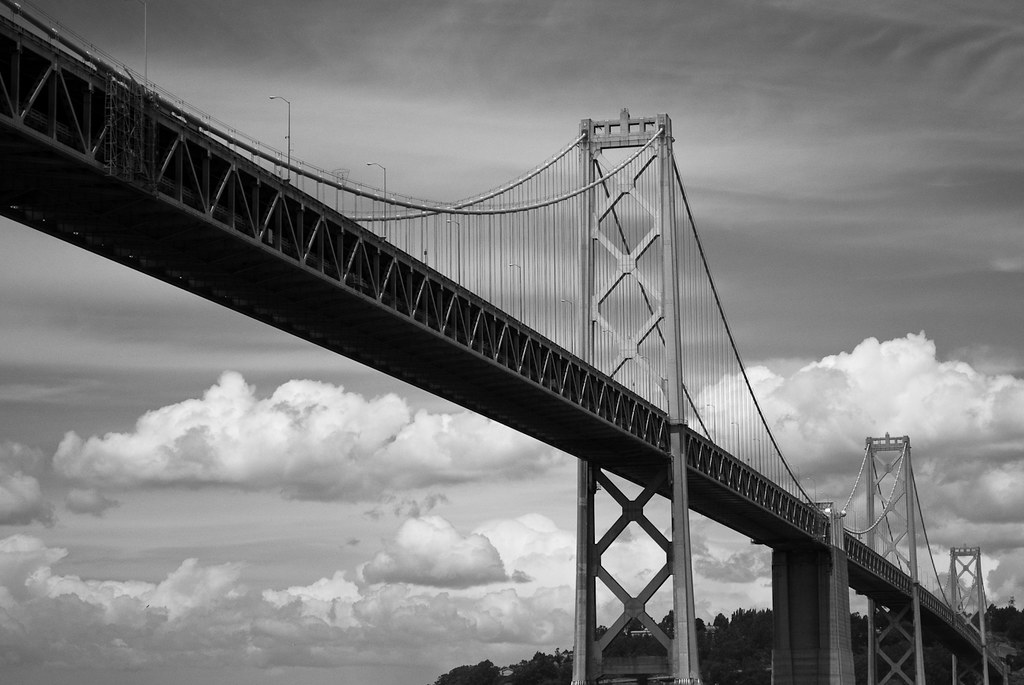
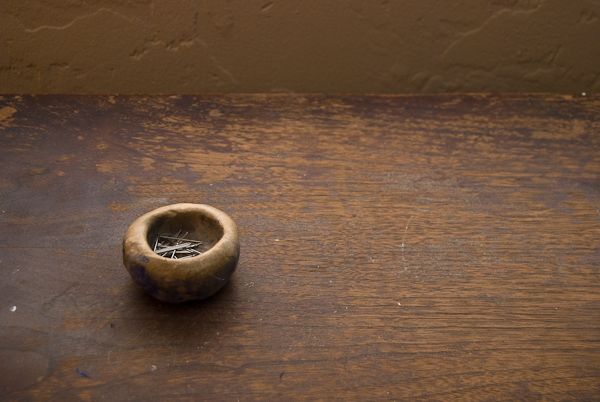
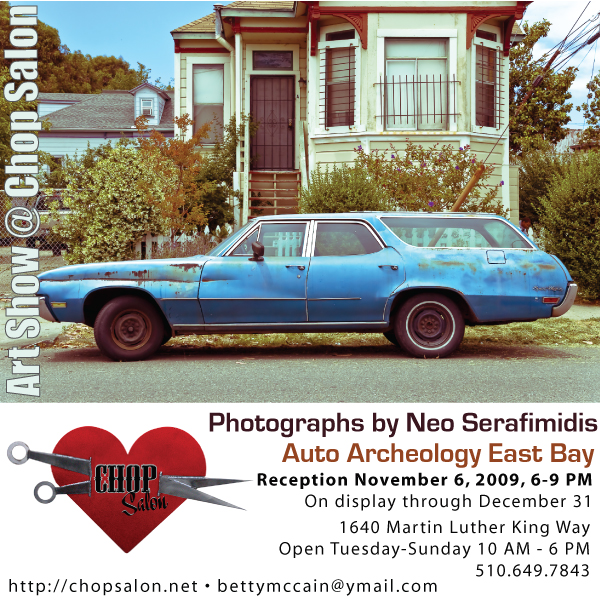
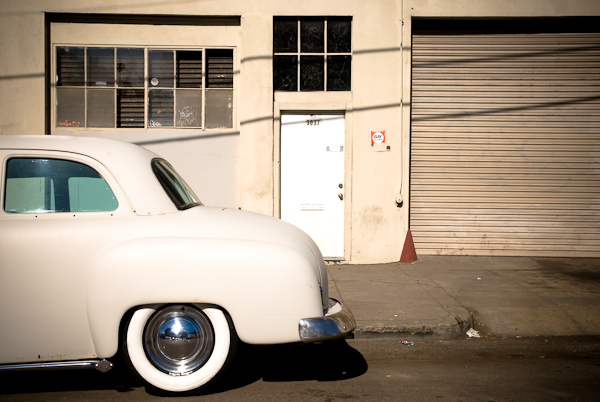
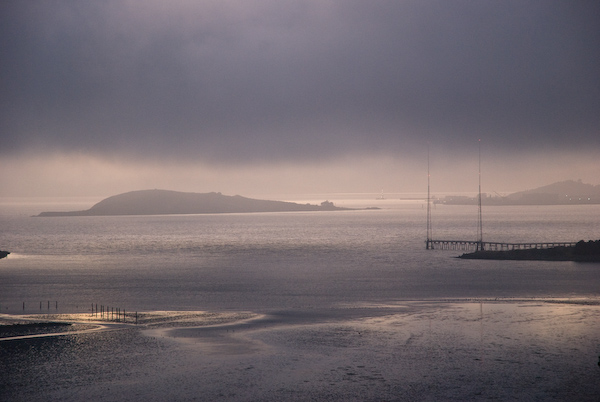
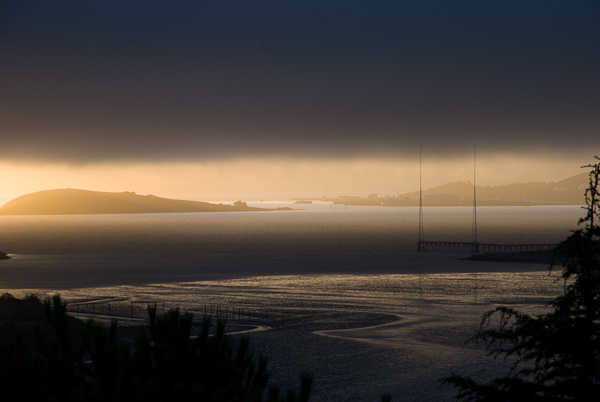
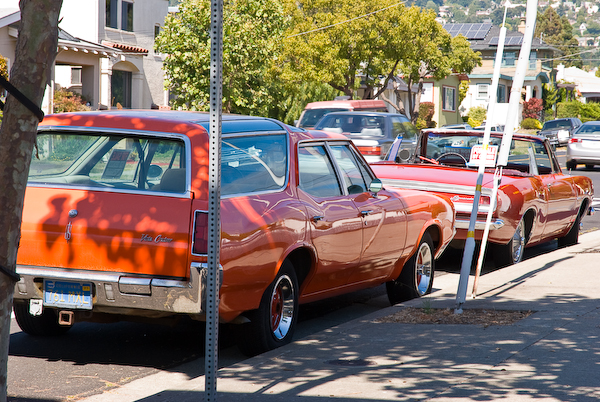
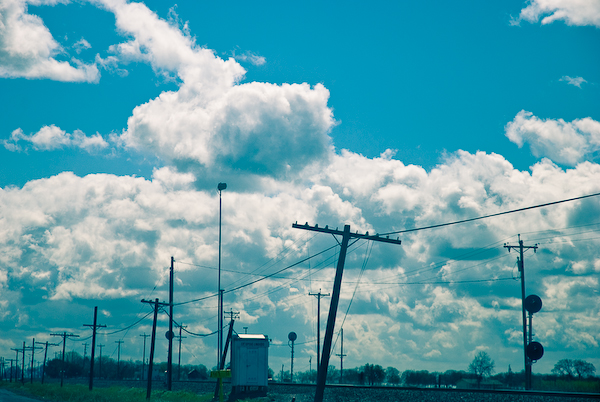
You must be logged in to post a comment.